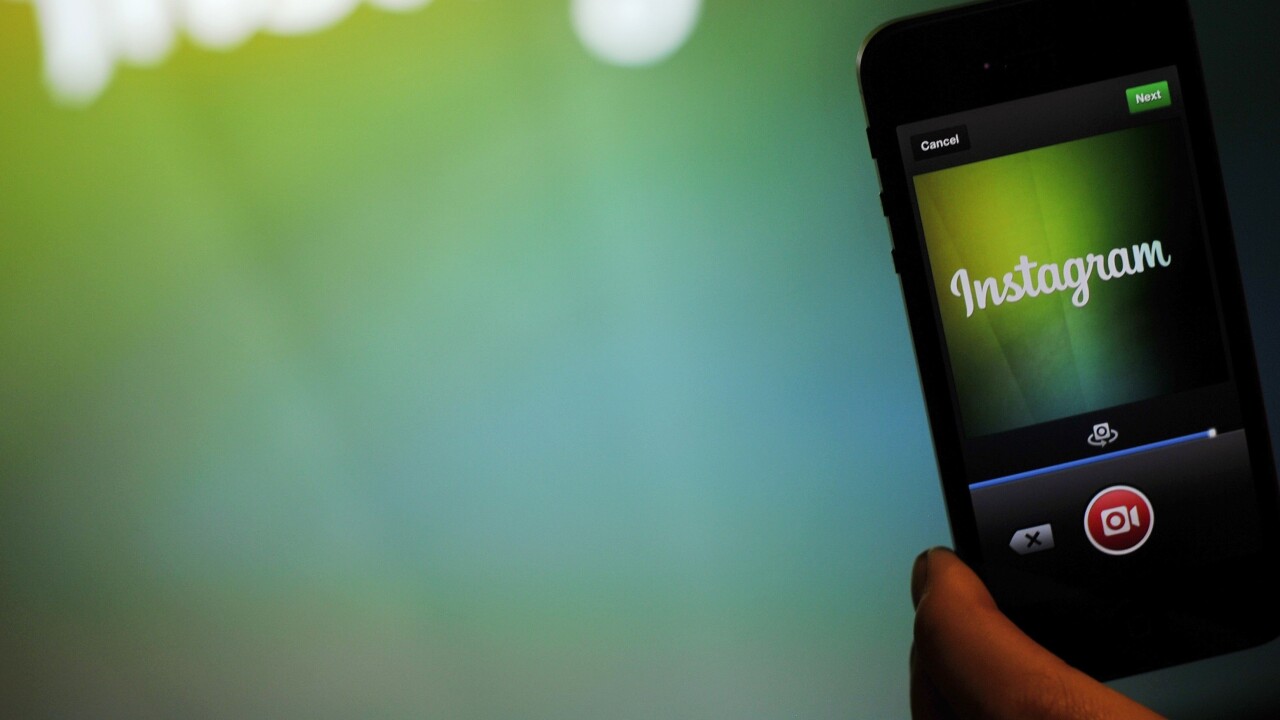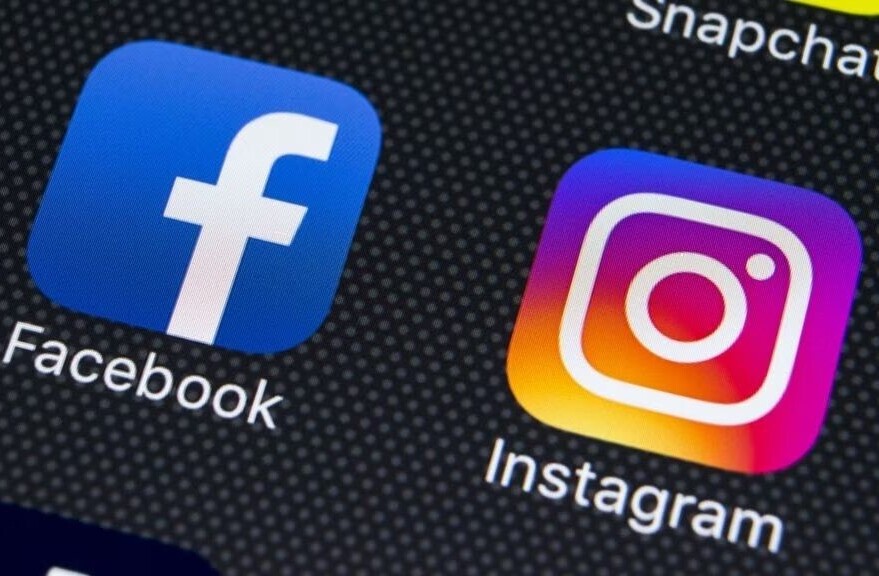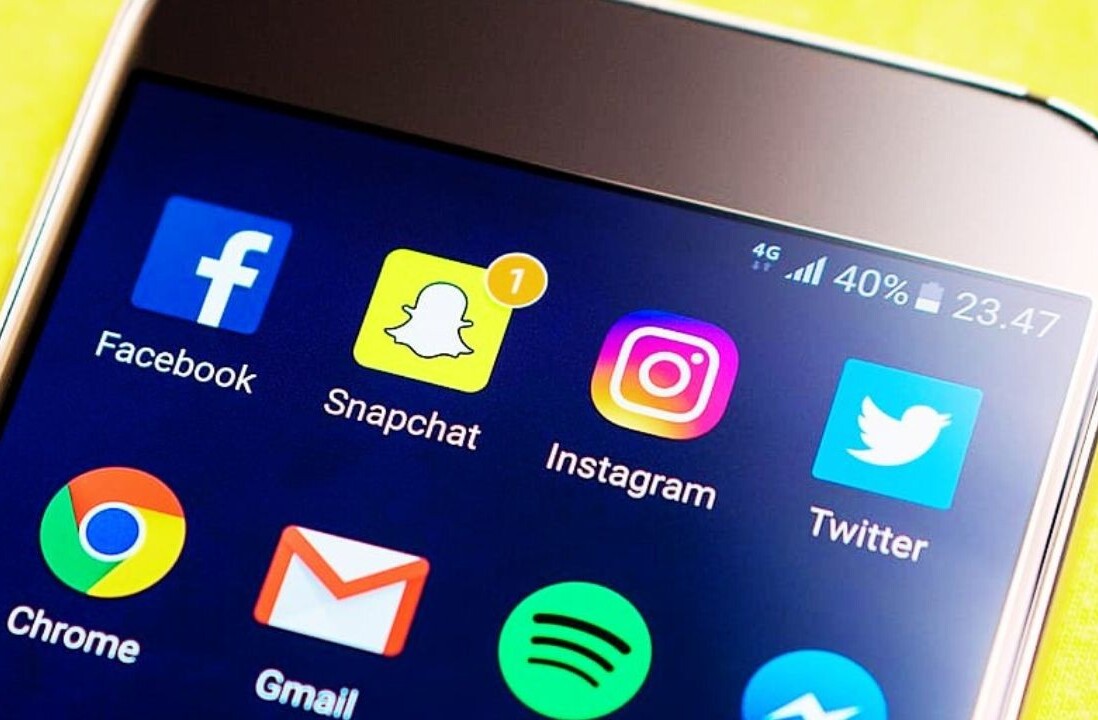
Instagram recently announced that is had hit 150 million active users and will be beginning to roll out ads in the near future. As it continues to march towards wider and wider mainstream adoption, Fortune 500 brands have taken notice and now a staggering 25% of have Instagram accounts, with 17% actively posting content in the last 30 days.
As part of a report we assembled at TrackMaven on the strategies and tactics of the Fotune 500’s Instagram marketing, we found that Instagram adoption has significant momentum that appears unstoppable.
Instagram officially launched on October 2010 and by the end of the year Starbucks was the first to jump on the platform, followed by Southwest Airlines and AutoNation in early 2011. Fast forward two years and now 123 of the Fortune 500 have Instagram accounts, with 85 actively posting content in the last 30 days.
While these active brands have all posted pictures, video adoption is still light. As part of this study, we analyzed all of the content that the F500 had ever published on Instagram, resulting in 19,009 pictures and 243 videos. If you narrow the focus to the last 30 days, only 4% of Fortune 500 content has been videos.
Filters, filters, filters
Analyzing the meta information of the universe of Fortune 500 photos, we identified the most popular filters and most effective filters across the data set. The most popular filter used by the Fortune 500 by far was “No Filter” covering about 25% of content, followed by Lo-Fi, and X-Pro II. The use of “No Filter” is interesting, but what isn’t clear is whether this is due to brands touching up content before they upload or because they prefer not to use filters on their content.
We also looked at a normalized effectiveness measure, the number of interactions (likes and comments) per 1,000 followers, to uncover what was the most effective filter. Mayfair was the most successful filter with an average of 23 interactions per 1,000 followers. This was followed by “No Filter” (avg. of 18) and then Inkwell (avg. of 16.5).
What is the best time to post?
The Fortune 500 data set also provided a window into the posting strategies of big brands. We found a normal distribution where brands posted primarily during the working hours. For photos, it didn’t seem to matter as consumers didn’t engage at different rates with content posted from the Fortune 500 brands at different times of day.
Furthermore, brands saw no change in effectiveness based on the day of the week they published content. While brands tended to post most frequently on Thursdays (almost 20% of all content), there was no difference in effectiveness for the various days.
However, videos told a different story. When we analyzed the Fortune 500 video content, there was a clear consumer bias towards engaging off hours. Videos posted during work hours saw an average of 33.4 interactions per thousand followers as compared to 22.6 interactions for videos posted during the workday. Presumably this is because people are less likely to watch videos at works, an assumption supported by weekend videos seeing an average of 25.7 interactions per thousand followers.
Hidden in Plain Sight: Hashtags
The most startling thing we found was the correlation between the use of hashtags and effectiveness on Instagram. From zero to five hastags, there is a clear increase in effectiveness for every additional hashtag that then drops off above 5 tags.
The reason for this is that Instagram is a social discovery platform, people are constantly browsing the popular pages and searching for new content. It’s not a broadcast medium, merely for brands to promote “visual content.” Instead, it’s a place for brands to tap into the interests of their consumers. If they are selling shoes, it’s not just about promoting their newest line-up to their audience, but rather it’s about optimizing their content for discovery. What are the phrases that people might search for that this content would be relevant for?
One of the best examples of this is FedEx, who although they post relatively straightforward content (pictures of FedEx planes and trucks), they also are religious about hashtags, using on average 4.7 hashtags per post. They’ve been rewarded with a very high average engagement rate of 73.68 interactions per 1,000 followers.
Instagram: Social discovery platform
Instagram has crossed the chasm from popular consumer channel, to a marketing channel too significant for Fortune 500 brands to ignore. With 150 million registered users, 25% of the Fortune 500 thinks it merits attention. However, brands still need to calibrate themselves to understand that Instagram is not merely a visual blog, rather it is a platform consumers use to discover rich, visual content.
As a result, brands must understand not only the type of content that resonates, but also the underlying mechanics of the platform (such as the necessity of hashtags). The brands that truly understand Instagram will be rewarded with the ability to engage 150 million people in a medium they actually enjoy.
Image Credit: Josh Edelson/AFP/Getty Images
Get the TNW newsletter
Get the most important tech news in your inbox each week.




